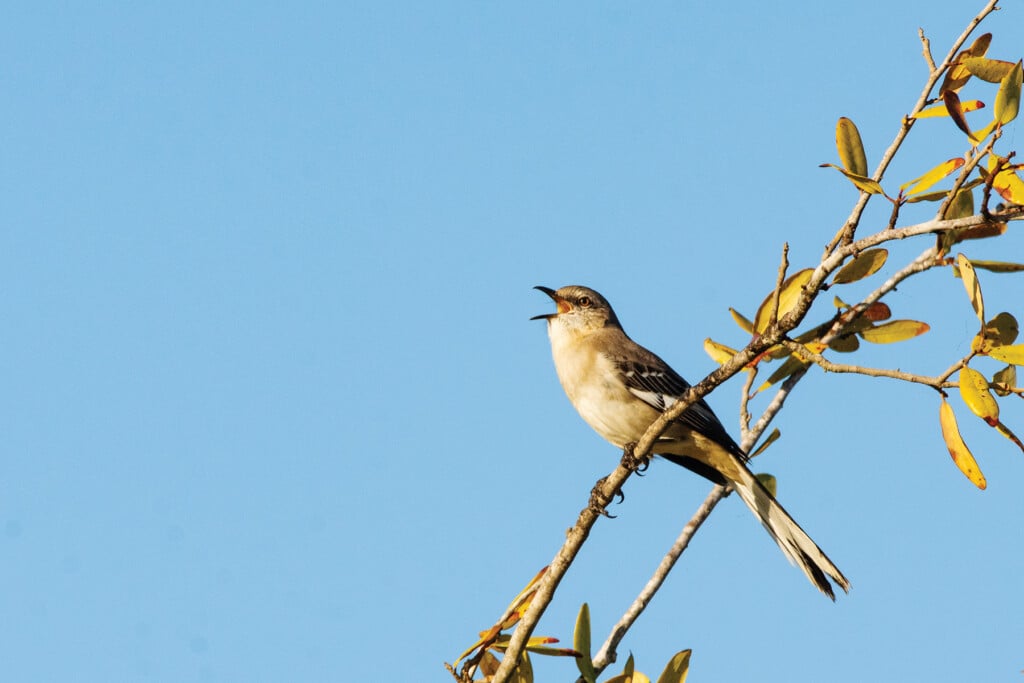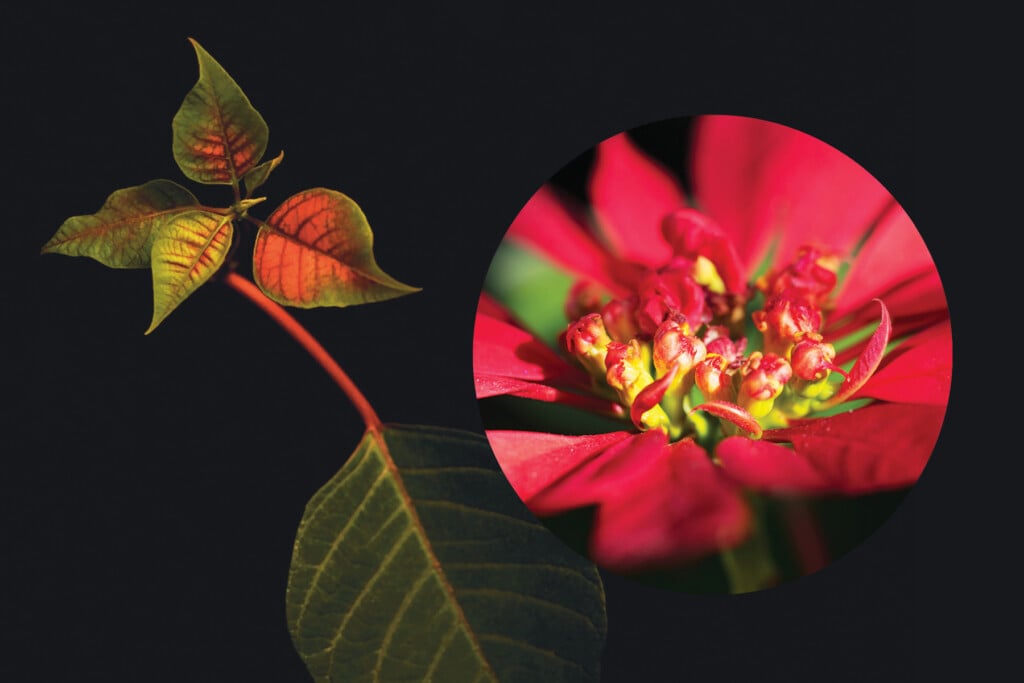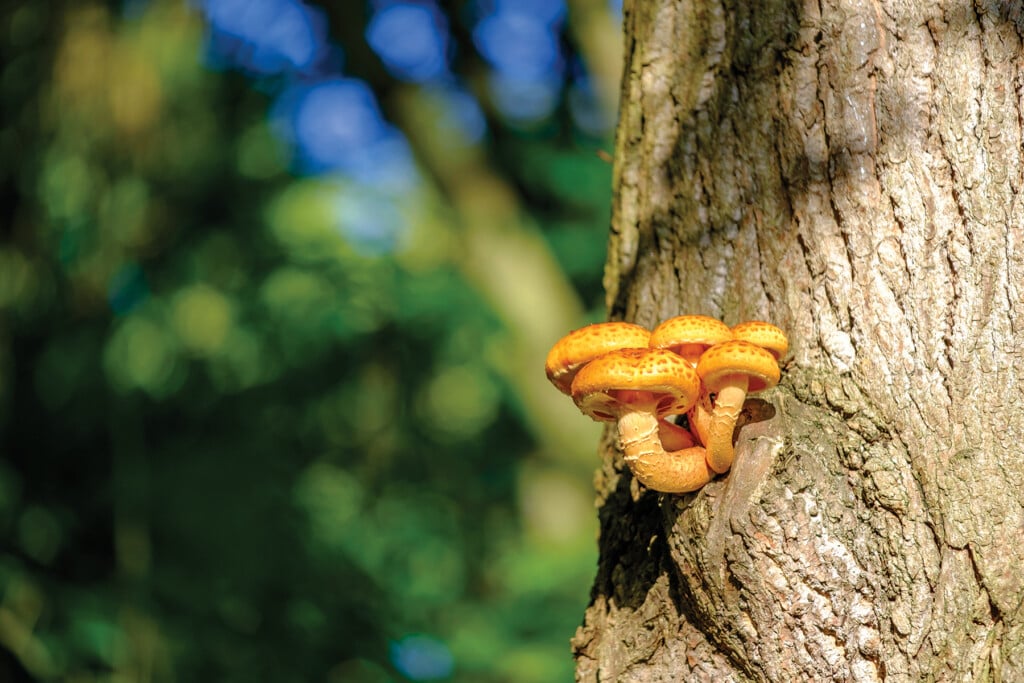Lively Summer Gardens
Caterpillars and mockingbirds keep backyards rocking, and flowering vines design vibrant landscapes

Most birds have a few distinctive calls that identify them. The northern mockingbird is the exception, with its ability to mimic or mock the call of other birds, hence the common name. They have also been observed imitating non-avian sounds.
This year-round resident has the distinction of being the state bird of five states, including Florida. As such, it has a protected status and should not be harmed.
These residential mockingbirds are a common sight to backyard bird-watchers. They have adapted to urban settings but are found in rural areas, too.
These birds are generally considered beneficial, given their omnivorous diet. They consume large volumes of insects, especially flying insects. They also will prey upon small reptiles and amphibians. Lizards, frogs, and small snakes are on the mockingbird’s menu.
They may also raid home gardens and orchards, sampling fruit and vegetables. Given their protected status, the only practical defense for crops is a protective netting.
Another potential conflict between mockingbirds and people is aggressive behavior during nesting season. These medium-sized birds will harass any creature they perceive as a threat to their chicks, regardless of size difference. When the chicks fledge in about two weeks, the attacks will end, but the nest may be used for multiple broods during the warm season.
Flowering Vines
Flowering vines add color and texture to home landscapes. The fiddle-leaf morning glory is an herbaceous annual vine native to the Southeastern United States. This plant, Ipomoea stolonifera, gets its common name from the unusual trait of opening its blooms in the early morning and then closing its flower before noon each day during the blooming season.
The flowers are produced daily in the summer and fall. The white, funnel-shaped flowers are 2½ to 3 inches wide. While not major nectar or pollen producers, they are still attractive to pollinators while the flowers are open.
This plant reaches a height of about 6 inches without support but can spread along the ground for 75 feet. A fence with ample sun exposure can quickly be converted into a flowering wall.
It spreads very rapidly in the warm summers when the afternoon rains come regularly. Also, it will root and produce branches with its nodes or joints contacting the soil.
Trumpet vine, Campsis radicans, is a North Florida perennial native. It is a popular landscape plant for attracting hummingbirds.
It produces bright orange flowers during the summer. With structural support and the right environment, the trumpet vine can climb above 30 feet.
It grows and flowers best in full sun but will grow with very few flowers in shaded locations. It flourishes in any soil except those continually wet and flooded.
The White-Marked Tussock Caterpillar
Caterpillars, some bizarre in appearance, show up in home landscapes during summer. Caution is advised as some can produce an allergic reaction or sting. The white-marked tussock caterpillar has four white, hair-like tufts that are carried on its back and offset the black horns and tail. The bright red bulbous head is located just below the black horns, and its color is a stark contrast to the remainder of the body. The caterpillar’s mohawk of white tufts is a known allergen for any person who comes in contact with it. This punk rock–appearing bug favors area oak trees. It can also be found in a variety of foliage plants as its feeding preferences include a large selection of shrubs and trees. It is rare that heavy population concentrations are encountered. The moths produced from these caterpillars are nondescript, dark brown, and stout bodied. Control methods vary and may not be necessary if the damage to the trees or plants is minor.
Les Harrison is a retired University of Florida/Institute of Food and Agricultural Sciences Wakulla County extension director.

